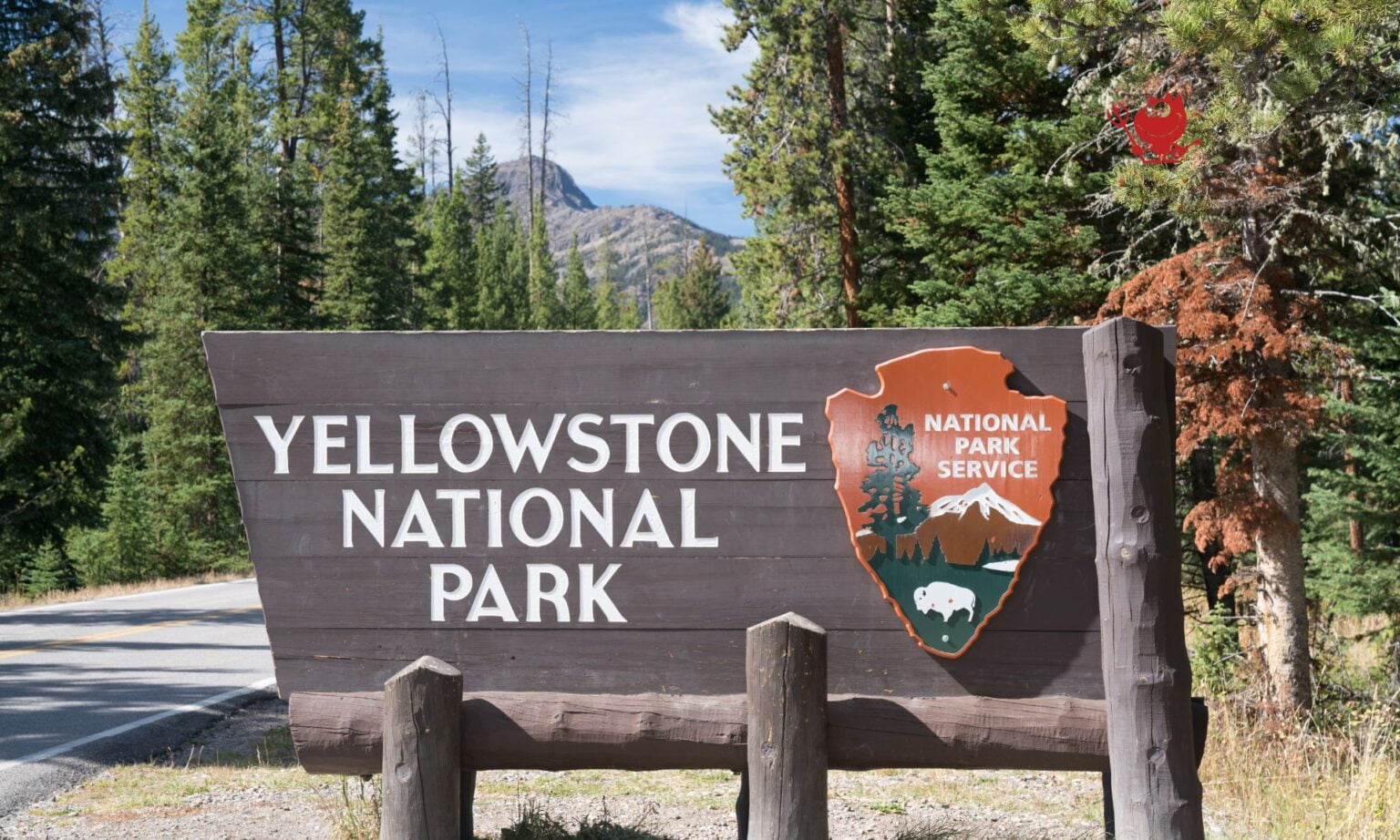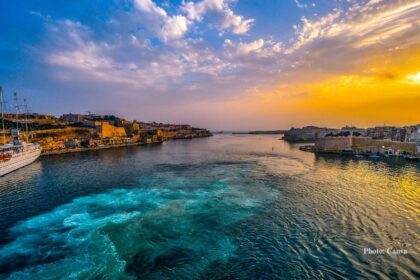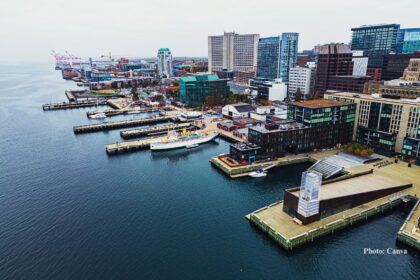Introduction
Yellowstone National Park is a treasure trove of natural wonders, and the Boiling River is one of its unique gems. This natural hot spring, where the hot water of the Boiling River meets the cold water of the Gardner River, creates a natural spa experience that’s both invigorating and relaxing. Here’s a budget travel guide to help you make the most of your visit to the Boiling River without breaking the bank.
Getting There
Location:
- The Boiling River is located in the northern part of Yellowstone National Park, near the Montana-Wyoming border, close to the Mammoth Hot Springs area.
Directions:
– From the North Entrance (Gardiner, MT): Drive approximately 2.9 miles south on the Grand Loop Road. Look for a parking area on the right side of the road. The trailhead is marked and located near the 45th Parallel sign.
– From Mammoth Hot Springs: Drive north for about 3.5 miles on the Grand Loop Road.
READ ALSO: Disneyland vs. Walt Disney World: Everything You Need to Know About Both Theme Park Resorts
Budget Tip: If you’re flying, consider airports with lower airfare such as Bozeman Yellowstone International Airport in Montana. From there, you can rent a car and drive to the park.
Entrance Fees
Park Entrance Fee:
- $35 per vehicle for a 7-day pass. This fee grants access to all areas of Yellowstone National Park.
Budget Tip: Consider purchasing the America the Beautiful Annual Pass for $80 if you plan to visit multiple national parks within a year. This pass covers entrance fees for all U.S. national parks.
Accommodations
Camping:
– Mammoth Campground: Located near Mammoth Hot Springs, this campground is open year-round and offers first-come, first-served sites for $20 per night.
– Budget Tip: Reserve campsites in advance through the Yellowstone National Park website to secure a spot during peak seasons.
Budget Lodging:
– Gardiner, MT: This nearby town offers various budget-friendly motels and inns. Look for deals and discounts, especially during the off-season.
– Hostels: Check out options like the Yellowstone Hostel in West Yellowstone, which provides affordable dormitory-style accommodations.
Food and Dining
Picnic:
– Bring your own food and have a picnic at one of the many scenic spots within the park. Mammoth Hot Springs has designated picnic areas with tables and restrooms.
– Budget Tip: Stock up on groceries in Gardiner or nearby towns before entering the park to save money on meals.
Affordable Dining:
– Mammoth Hot Springs Hotel Dining Room: Offers reasonably priced meals and a chance to taste local flavors.
– Gardiner Restaurants: Several budget-friendly options are available, including cafes and fast-food joints.
Activities and Attractions
Boiling River:
– Soaking: The main attraction is soaking in the natural hot springs where the Boiling River meets the Gardner River. The contrast of hot and cold water creates a unique and relaxing experience.
– Hiking: The trail to the Boiling River is a short 0.5-mile walk from the parking area.
Budget Tip: Arrive early in the day or late in the afternoon to avoid crowds and have a more peaceful experience.
Other Free Activities:
– Mammoth Hot Springs: Explore the terraced hot springs and geothermal features.
– Wildlife Watching: Look for elk, bison, and other wildlife in the Mammoth area and throughout the park.
– Ranger Programs: Participate in free ranger-led programs and talks to learn more about the park’s natural and cultural history.
Practical Tips
– Swimming Attire: Wear a swimsuit and bring a towel. The rocks can be slippery, so water shoes are recommended.
– Safety: Follow park guidelines and signs. The Boiling River can be very hot, so be cautious and avoid areas where the water is too hot.
– Leave No Trace: Pack out all trash and belongings to keep the area pristine for future visitors.
READ ALSO: 5 Best U.S Airports for Finding Cheap International Flights
Frequently Asked Questions
1. Is the Boiling River open year-round?
- No, the Boiling River is typically open from late fall to early spring. The area is closed during high water periods in the spring and early summer. Always check the current status on the Yellowstone National Park website before planning your visit.
2. Are there changing facilities at the Boiling River?
- There are no formal changing facilities at the Boiling River. Plan to change in your vehicle or use the nearby restrooms at the trailhead.
3. How much time should I plan to spend at the Boiling River?
- Most visitors spend about 1-2 hours at the Boiling River, including the short hike to and from the parking area and soaking time.
4. Are pets allowed at the Boiling River?
- Pets are not allowed on the trail to the Boiling River or in the water. They must be kept on a leash and are only allowed in designated areas within the park.
5. What should I do if the Boiling River is crowded?
- Visit during off-peak times, such as early morning or late afternoon. Alternatively, explore other nearby attractions like Mammoth Hot Springs or take a scenic drive through the park.
Conclusion
Visiting the Boiling River in Yellowstone National Park is a unique and memorable experience that doesn’t have to break the bank. By planning, taking advantage of budget-friendly accommodations and dining options, and enjoying the park’s many free activities, you can have an unforgettable trip without overspending. So pack your bags, hit the road, and get ready to soak in the natural beauty and relaxation of the Boiling River.
In another related article, 5 Best National Parks for Families






